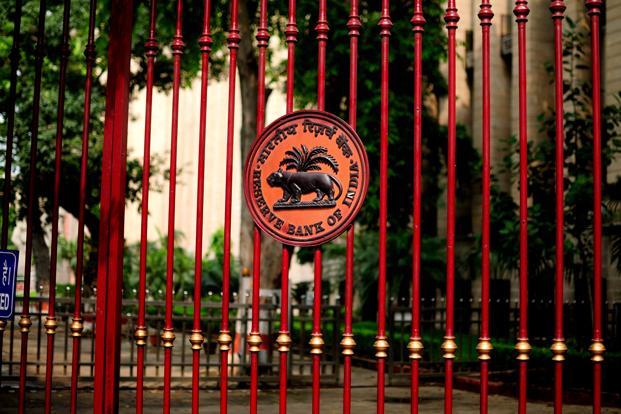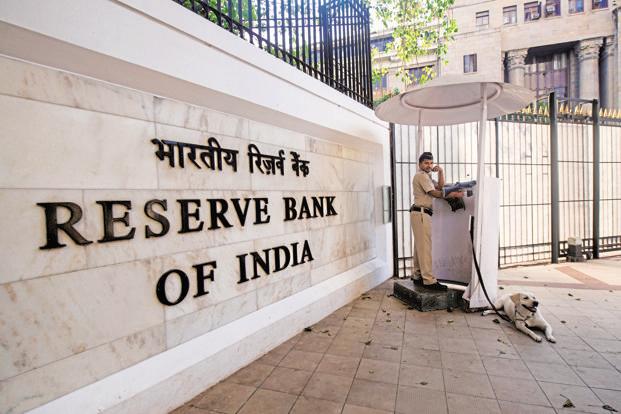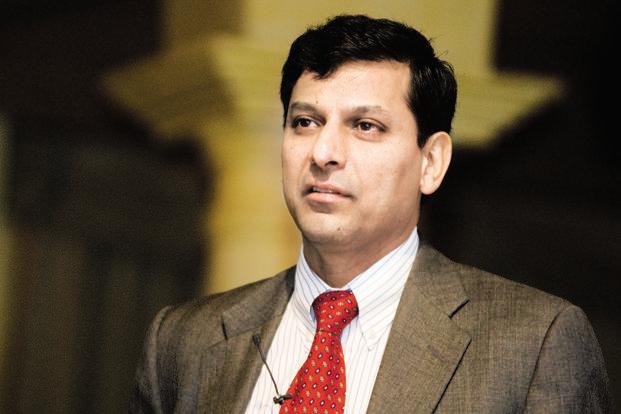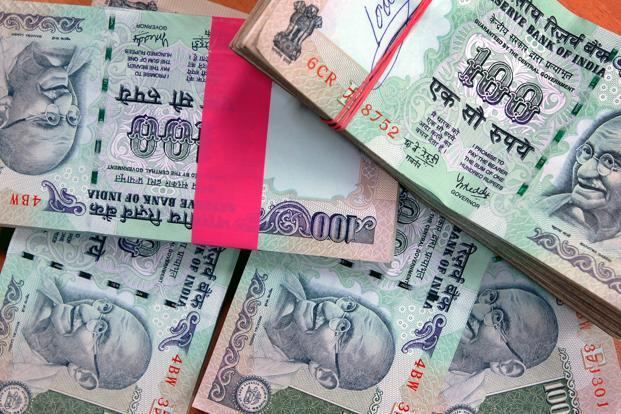Now that the Reserve Bank of India (RBI) is pushing for an early recognition of financial distress and prompt steps for resolution and recovery of bad assets, will analysts rush to re-rate public sector banks that have the highest pile of bad loans? It’s unlikely to happen soon as the proposed norms deal with new bad loans and not the stock and do not give any handle to bankers to address issues on which they have no control. For instance, infrastructure firms that have been badly hit by project delays constitute a large chunk of bad loans. About 215 projects worth Rs.7 trillion have been held up, according to a finance ministry estimate. Indeed the government has initiated steps to speed up the process but progress has been slow. The RBI norms can help bank refrain from restructuring a Kingfisher Airlines exposure, but bankers can do little when projects are stuck because of delays in getting clearances from various agencies and loans are turning bad.
RBI wants banks to act fast and decisively in tackling bad loans. It plans to set up a central repository of information on large loans to collect, store and disseminate to date. The repository will have data on all loan accounts worth Rs.5 crore and above. Both banks and large non-banking companies will contribute credit information to the repository. This database will come in handy for the proposed joint lenders’ forum, which RBI wants the banks to set up. The platform will be particularly helpful for multiple banking arrangements. Unlike consortium lending, where all lenders are on the same page, in multiple banking, a rogue borrower can take the lenders for a ride as terms and conditions of different exposures could be different. Another critical aspect of RBI’s discussion paper of bad loan resolution—which will come into effect in January—is the formation of an independent evaluation committee that will vet all loan restricting of Rs.500 crore and above prepared by the corporate debt restructuring (CDR) cell. The India Banks’ Association, a bankers’ lobby, will set up the evaluation committee in consultation with RBI.
Overall, RBI wants to give incentives to banks for their promptness to spot a bad loan and initiate the recovery process fast and penalize them for their callous approach by making them set aside more money to take care of the pile of bad assets. Corporate borrowers will need to have more skin in the game. The victims of a slowing economy will be treated with dignity but wilful defaulters will have no place to hide. Finally, asset reconstruction companies will be encouraged to play a more active role and private equity funds may get an opportunity for leveraged buyouts of stressed assets.
RBI has been progressively tightening the rules for loan recasts to prevent misuse of the facility by companies. For instance, in May, the central bank had said promoters must provide a personal guarantee in all cases of restructuring and a corporate guarantee could not be accepted as a substitute for a personal one. Promoters also had to bring in a minimum of 20% of the loan amount that a bank would forgo in such a recast, or 2% of the total restructured debt, whichever is higher.
For restructured loans on their books in May, banks needed to increase provisions to 3.5% of restructured loan value with effect from 31 March and 4.25% with effect from 31 March 2015. One year after that, effective 31 March 2016, all provisions on restructured loans would increase to 5%. For loans restructured after 1 June, the provision was increased to 5% of the loan amount. The new norms will jack up the provision requirement manifold in cases where banks are found sleeping over their bad loan pile.
The gross bad assets of all listed banks rose close to 37% in the September quarter from a year earlier to Rs.2.29 trillion from Rs.1.67 trillion. Even after setting aside money, their net bad assets were up close to 51%—from Rs.85,000 crore to Rs.1.28 trillion. On top of this, banks have restructured some Rs.2.72 trillion loans through the CDR platform. This, however, does not include those loans that have been restructured bilaterally. The collective amount of such loans could be as much as the loans restructured at the CDR cell. That we have not seen the worst of bad loans as yet is evident from the fact that in October restructuring cases worth Rs.22,000 crore were referred to the CDR forum after Indian banks added an identical amount to the restructured loan pile in the three months ended 30 September. In the June quarter, aboutRs.20,000 crore of loans were recast and in March quarter, another Rs.15,000 crore.
One hopes that RBI is able to break the cosy relationship that bankers and their corporate borrowers have developed over the years on treatment of bad loans and loan recasts, as both sides benefit from such arrangements. While corporations ensure an uninterrupted flow of money, banks manage to make their balance sheets look healthy. On top of this, most government-owned banks lack both credit appraisal and monitoring expertise. Short tenure of the chairmen of state-run banks, which account for about 70% of banking assets in India, also contributes to this. Typically, a chairman with a two-year tenure spends his first year in cleaning up the balance sheet by identifying all bad assets and setting aside money for them, but the second year is spent hiding such assets as every boss wants to retire on a happy note. Unless these issues are addressed, it’s not easy to tackle the menace of bad loans, particularly when the economy is not in the pink of health.



